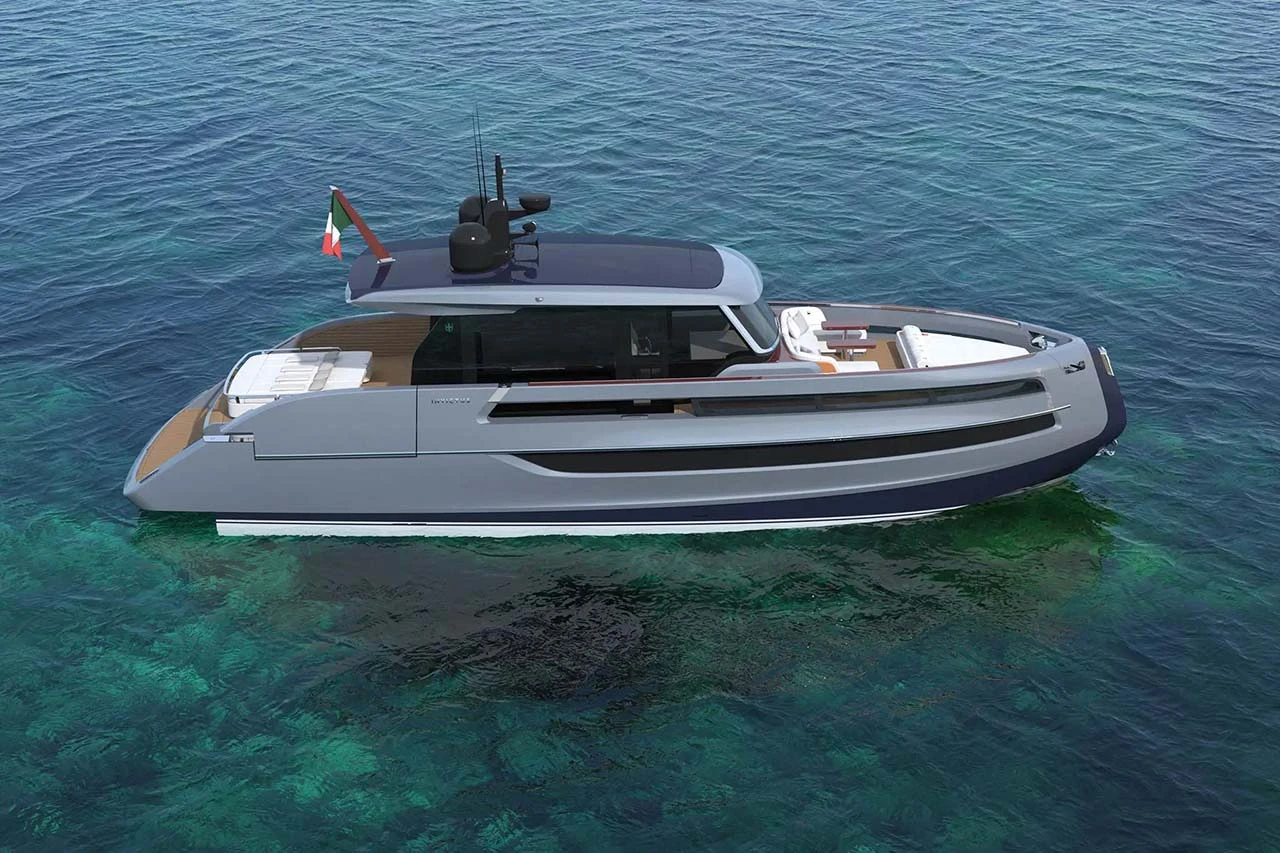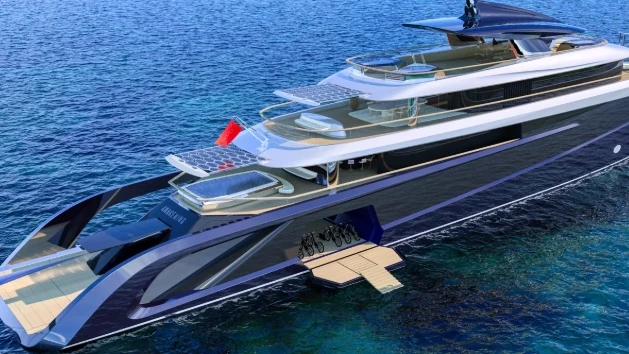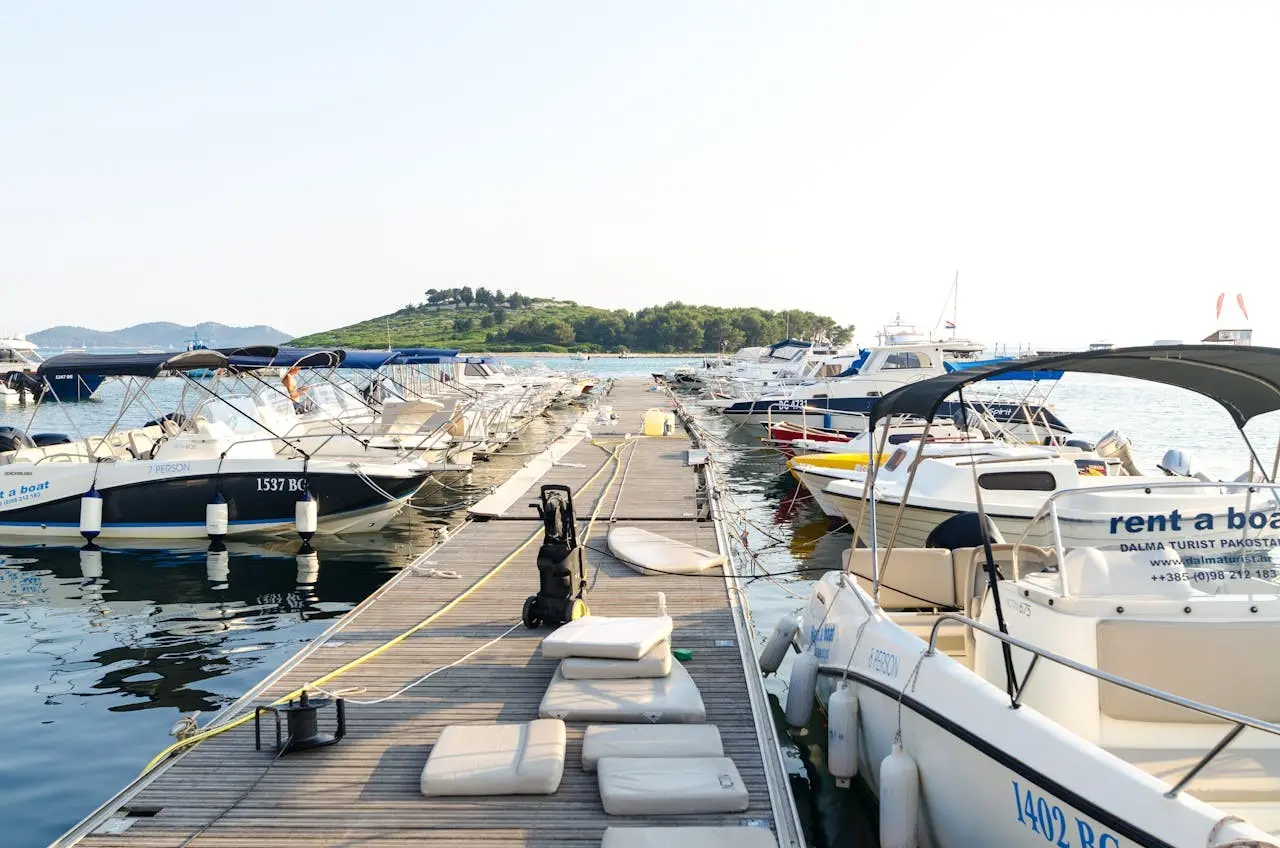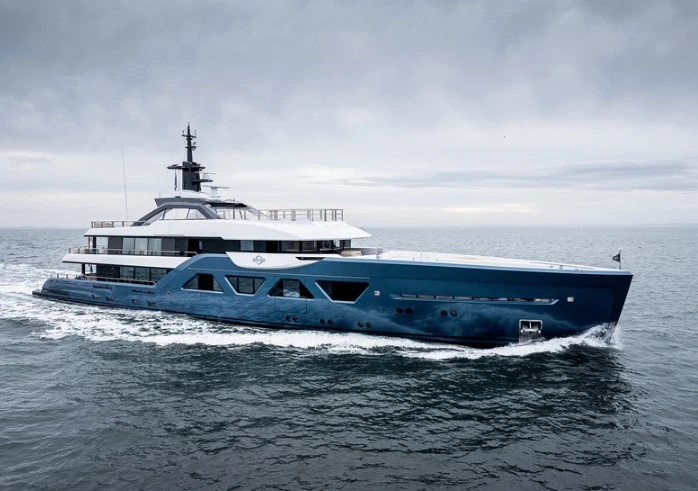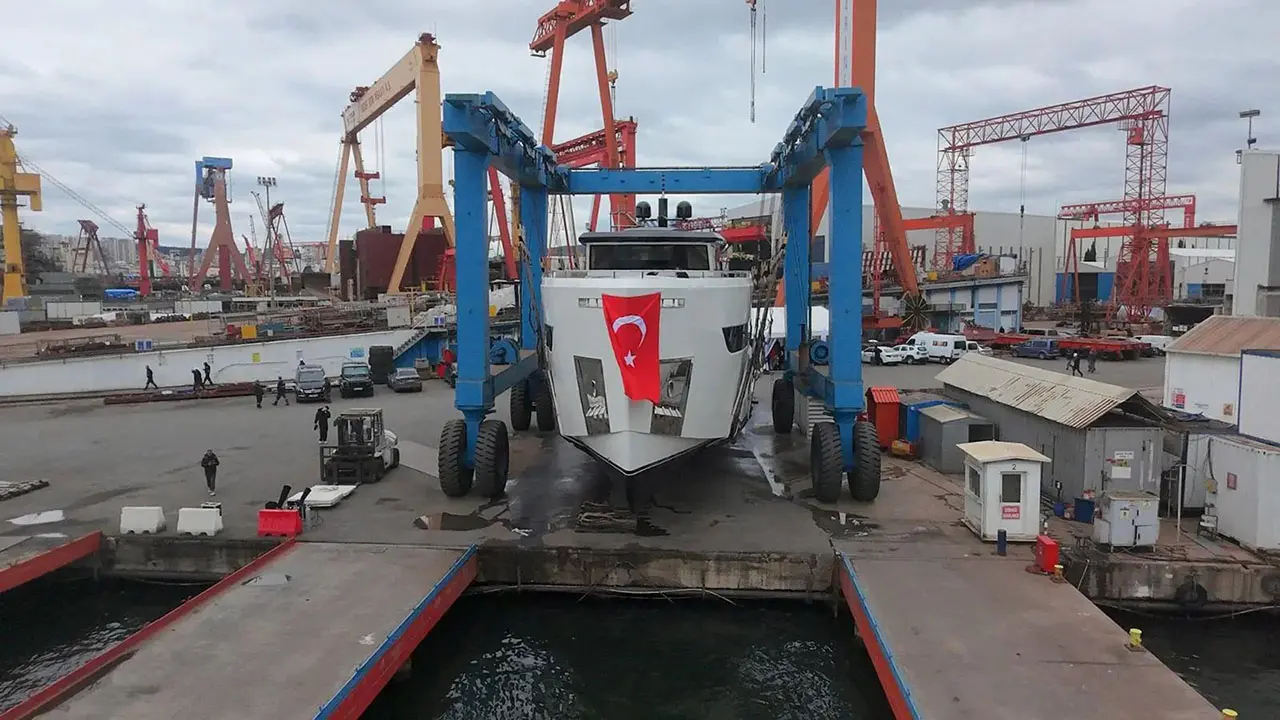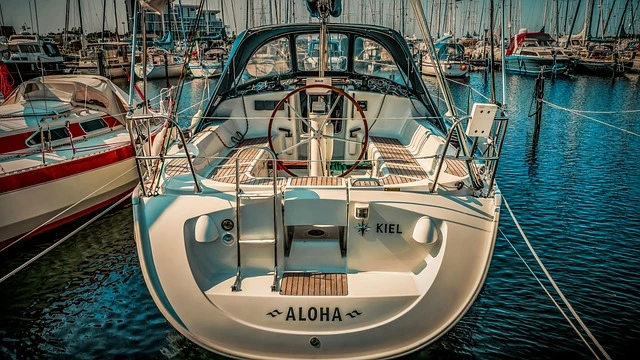Boats are built to navigate through the water and offer many opportunities for exploring the maritime world and for recreation. Behind the sleek and functional design of a boat lies a key factor: the materials used in the construction of the boat. The materials used in the construction of a boat determine the performance, durability and overall seaworthiness of the boat. There are many different types of boat building materials, and in this post, we'll look at a few common boat building materials.
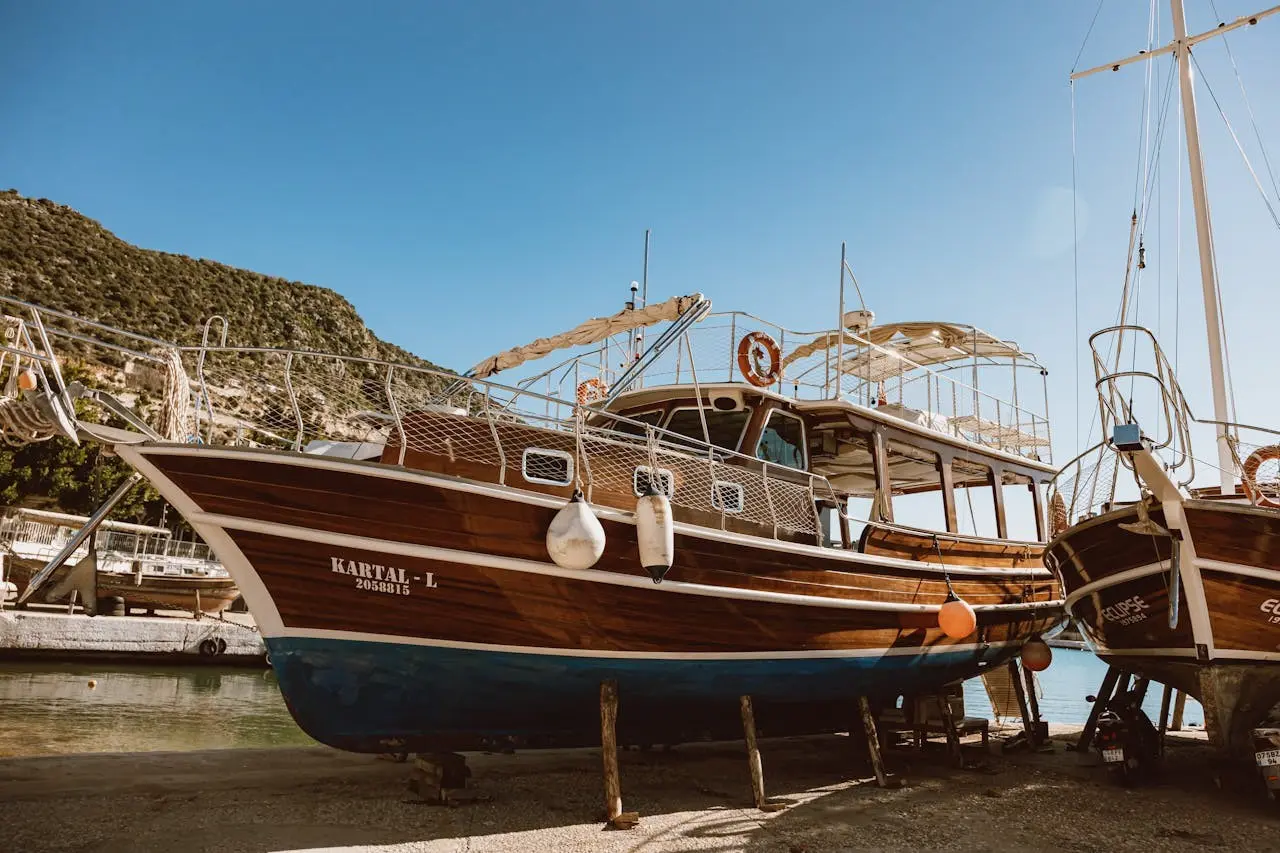
What types of boat building materials are available?
There are many types of boat building materials, each with their own characteristics and availability. Here are some common boat building materials:
Fiberglass
Fiberglass is a common boat building material because it boasts strength, durability, and relatively low cost. Fiberglass material consists of a reinforced plastic made from layered fiberglass fabric and resin. Boats built with fiberglass are resistant to corrosion, easy to maintain, and are also known for the versatility of their design. Boats constructed of fiberglass are mostly used for recreational activities and sailing, and boats of this material have been motorboats and sailboats, among others.
Aluminum
Aluminum is lightweight, strong, and corrosion resistant, and these benefits have made it one of the common materials used for boat construction. Aluminum boats are usually known for their durability, longevity and fuel efficiency. Aluminum construction is easy to customize and modify, and this type of material is usually used in fishing boats, pontoon boats, and some larger vessels.
Wood
Wood has long been the most common material used for boat construction. It is popular for its beautiful appearance and traditional craftsmanship. Wooden boats have a unique and elegant character. Common woods include mahogany, teak, cedar, etc. The durability and corrosion resistance of wooden boats depends on the type of wood used. Regular maintenance and proper sealing of wooden boats is required to prevent them from rotting due to moisture.
Composite Materials
Composite materials offer strength, light weight, and design flexibility, such as carbon fiber and fiberglass composites, which are often known for their high-performance characteristics. These materials are commonly used in the construction of high-speed boats, racing yachts and luxury yachts. Because of their excellent strength-to-weight ratio, composite materials allow for the construction of a variety of boats with complex shapes.
Boat Construction Materials Pros and Cons
There are many different types of materials used for boat construction, but each has its own pros and cons. Below are the pros and cons of different types of boat construction materials:
Pros
Fiberglass, aluminum, and wood are all three types of boat building materials that are lightweight and easy to handle. All three materials are very durable materials that resist rot, corrosion, and UV damage and have a guaranteed lifespan. In addition to this, these boat building materials are also low maintenance and do not require a lot of effort to maintain. In addition, these materials have multifunctional designs and customization options that can be personalized according to the user's needs, making them cost-effective and providing a definite advantage in terms of price.
The advantage of composites is that they have a high strength-to-weight ratio, which provides excellent performance and reduces weight while maintaining strength. Moreover, composites can also be custom designed for specific properties and characteristics with a high degree of flexibility. In addition to this, composites have good corrosion and impact resistance and can be adapted to some of the harsher environments. Vessels built with composites can achieve excellent speed and maneuverability, and also have some advantages in terms of vessel ride performance.
Cons
Fiberglass, aluminum, wood and composites are a few boat building materials that share a common disadvantage over some of the others in that the materials are more expensive and the boats cost more to build. For fiberglass, aluminum, and wood, boats can be difficult to repair if there is significant damage to the boat, and over time, the boat may also develop cracks that affect the integrity and aesthetics of the boat. For composites, boats require specialized construction and repair techniques that can be demanding on technicians, and repairs can be not only costly but also challenging. In addition to this, composites may also be limited in their availability for smaller vessel designs.
How to select shipbuilding materials?
When selecting materials for the construction of a boat, factors such as durability, maintenance requirements, cost, weight, and stability of the boat building material should be evaluated, as well as considerations such as the boat building material's resistance to water, UV light, and corrosion. Consider boat building materials in conjunction with the boat's intended use, level of maintenance, budget, and personal preferences, and make an informed choice by weighing the pros and cons of each material and tailoring it to the individual's needs and the specific conditions under which the boat will be used.






 Leave the comment
Leave the comment
